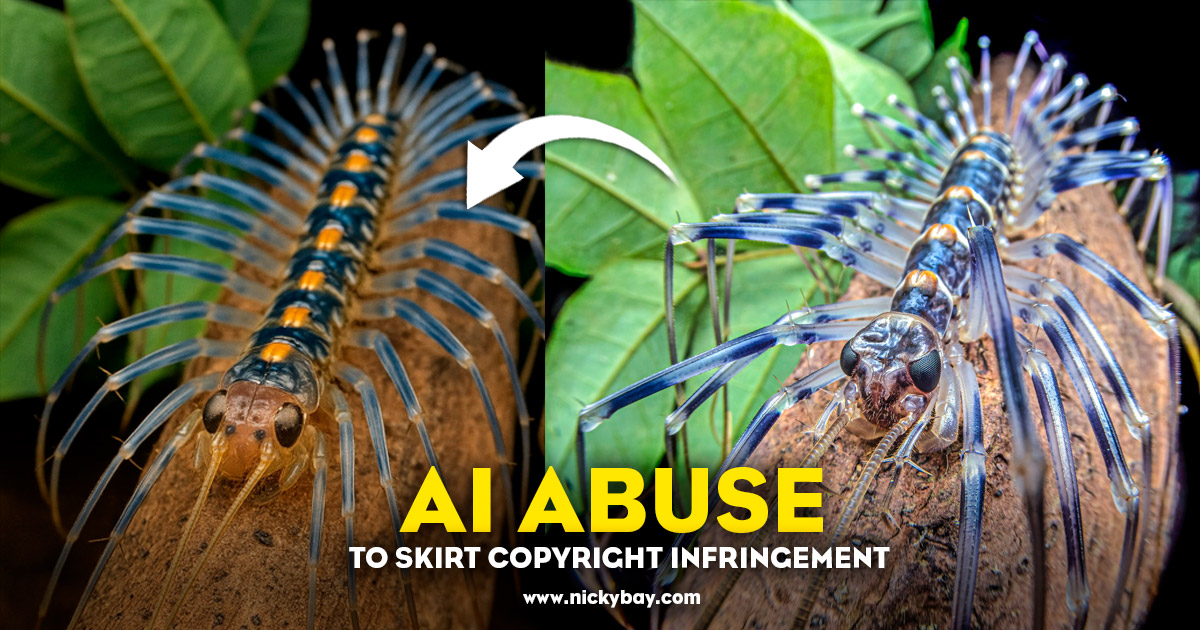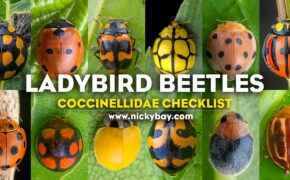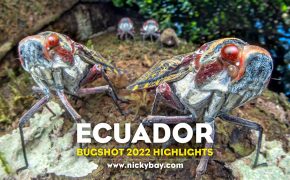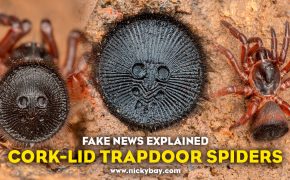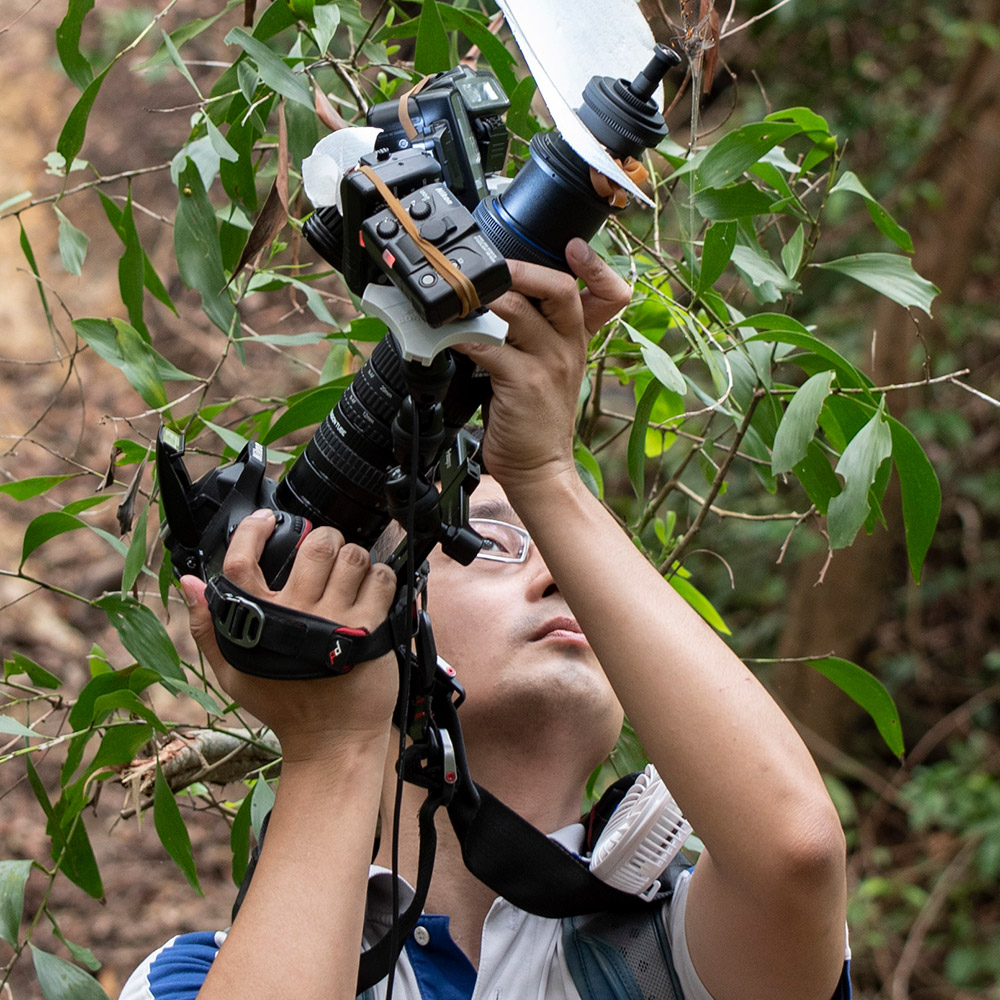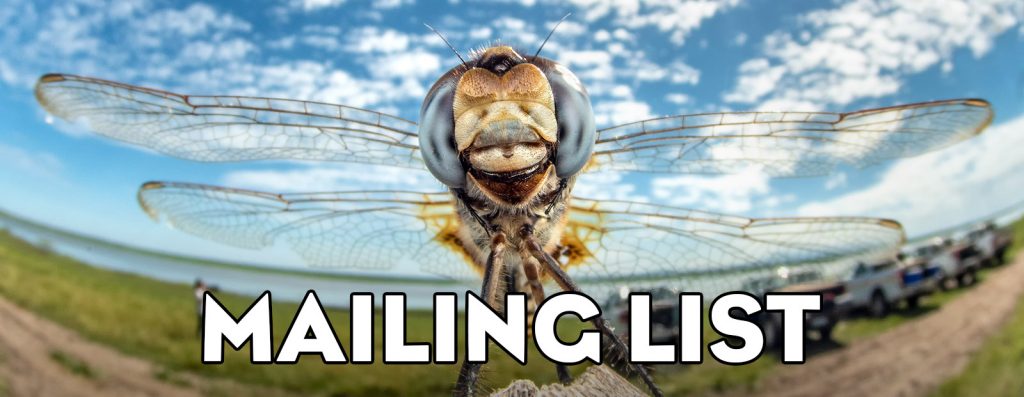AI Abuse to Skirt Copyright Law
Artificial Intelligence (AI) may have elevated the level of convenience in accomplishing some day-to-day tasks, but it has also become the scourge to professional photographers. In the past years, we’ve been seeing examples of wildlife photographs being modified or regenerated by AI and getting posted on social media with incorrect and misleading captions, often generated by AI as well. These used to be straightforward cases of copyright infringement, but there is no clear line when it comes to derivative work, especially when the variation can easily be defined in the image generation prompt.
In the past week, a number of prominent nature photographers showed how their photographs were being stolen and mangled into “AI-nonsense”, deceiving countless others into believing the made-up stories in the captions. The perpetrators look for beautiful wildlife photos and to skirt copyright infringement scanners, use AI to re-generate the photo to be posted on social media.
It is not just unethical and unlawful. The ones who do it don’t even care what the content is about. The generated photo sometimes showcases anatomically incorrect details. The accompanying text is also generated by AI and is almost always factually wrong.
I’m sharing a few examples below where my photos, along with photos by other photographers, were modified using AI and reposted frivolously. I’ll also include the real captions so that you will know more about these beautiful creatures of nature. Many thanks to Chien C Lee, Gil Wizen and Nick Volpe for agreeing to share their photos!
Long-legged centipede (Thereuopoda sp.)
Long-legged centipedes are extremely skittish and fast runners. The best time for a close-up would be the short moments after moulting, where they exhibit brilliant colours and would tolerate a nosy photographer while waiting for their new exoskeleton to harden.
The AI-generated photo shows an incorrect placement of eyes and antennae. It is also most certainly not a Scolopendra as stated in the fake caption. Here’s what a real Scolopendra looks like.
Stink bug eggs (Pentatomidae)
Stink bugs usually lay their eggs in clusters like these. When the babies hatch, they would huddle around the eggs to form a bigger shape, which might deter some smaller predators. This unique scene shows a face-like pattern on each egg, as the little ones are just about to hatch.
The AI-generated photo shows an obvious loss of detail.
Whip-tailed spider (Ariamnes sp.)
The whip-tailed spider is usually found straightened and dangling on silk like a dried twig. This individual is much larger than other commonly seen species, measuring around 40mm in length.
While the AI-generated photo appears to show an incredible likeness, the spider’s legs are unnaturally bent at tibia IV. The caption also mentions a completely different wrap-around orb weaver, Dolophones.
Notodontid caterpillar (Notodontidae)
This notodontid caterpillar has a pair of exceptionally long posterior tail-like appendages. They are usually pointed to the back but at times, they would be covering its body while on the move. The purpose of these appendages is not yet known.
Orb weaver spider (Parawixia sp.)
This is a magnificent orb weaver from the genus Parawixia, photographed in Peru. While there is a described species of Parawixia in Southeast Asia, this genus appears to be restricted to the Neotropics so that species is expected to be transferred to another genus in the future.
The details on the spider in the AI-generated image had been infuriatingly altered, but the likeness is indisputable.
Corklid spider (Cyclocosmia sp.)
Photographs of this corklid spider had been circulating on the internet a few years ago with fake captions that it would kill you in 5 minutes. On the contrary, it is a docile spider that you would almost never see in the open. While it is venomous (like almost every other spider), the venom is not of any medical significance to humans.
The spider’s eyes on the AI-generated photo are completely incorrect and does not exist on any known spider.
Moulting cicada (Huechys fusca)
While it is not uncommon to see abandoned cicada moults, it is an absolute treat to witness the moulting sequence of cicadas with opaque wings. The wings remain completely white for just a few minutes before transitioning to matte black.
This AI-generated photograph showed a little more differences from the original. But as the scene is rarely ever photographed, there are probably fewer than 5 of such shots in the world.
Tree stump orb weaver (Poltys elevatus)
The master of camouflage, Poltys elevatus has an elevated abdomen with a branch-like surface. It retracts its legs perfectly during the day on dried branches to hide itself from potential prey.
The AI-generated photograph had unfortunately moved most of the eyes out of place.
Long-horned orb weaver (Macracantha arcuata)
This spider probably has the longest horns on any spider in Asia. Its bizarre shape prevents it from being swallowed easily by birds and other predators.
The AI-generated caption took the cake. Longhorned treehopper?!
Moulting golden orb weaver (Nephila pilipes)
Nephila pilipes is probably the most widespread species of all giant golden orb weavers. After moulting, the legs are visibly straight and colourful, resembling candy canes.
Other than the artificial looking AI-generated version, the caption mentions Asianopis spinosus, as if randomly picking a genus and specific epithet and combining them together. Asianopis is an ogre-faced spider, and there is no such species, ever. To see what a real Asianopis looks like, visit my Asianopis album on Flickr.
Dragon mantis (Toxodera integrifolia) © Chien C. Lee
Dragon mantises are incredibly rare. It is believed that they reside in the canopy layer of forests, so most sightings were next to prominent light sources that they were presumably attracted to. Toxodera integrifolia is probably the most colourful species of them all! Original photograph on the right by Chien C. Lee. Check out his other awesome work!
Mating stick insects © Nick Volpe
Nick Volpe recently published about the state of AI abuse as well. He urged the public to follow only Wildlife Photographers with a face on their profile picture and block sites and pages that simply post photos from other photographers instead. In his post, he showed a photo of a pair of mating stick insects (above) compared to the fake AI-generated version below it. Remember to visit his website NLWild Nature Media and his Facebook page Nick Volpe Wildlife Photography!
Armored katydid (Cosmoderus maculatus) © Gil Wizen
The thorax of this armored katydid is rimmed by some magnificent spikes. The original dorsal close-up on the right is photographed by Gil Wizen. Be sure to follow his work!













Conclusion
While the advent of AI has its merits, it is being tainted by individuals who choose to misuse it to generate fake content. The internet is already filled with enough fake news and incorrect information. We can’t stop every perpetrator, and it will be too difficult for the public to differentiate the real from the fake. Ultimately, the onus will be on the content and social media platforms to act on such problems.
With each wave of technology comes its problems, and the problems have only just started. Let’s hope it doesn’t take too long for good counter-measures to be put in place against such abuse.
AI can be used in better ways. Not this. Please. Make sure that you are aware of such nonsense and refrain from sharing such misinformation. Actively block pages that engage in such activity and follow authentic content creators instead.

